Vacuum casting also known as urethane casting or silicone molding is a rapid prototyping technology allowing the duplication of several tens (1 to 100+) of rigid or flexible plastic parts, using a silicone mold (hence the alternative name of silicone molding). This vacuum molding process is very flexible because it allows to obtain functional parts in good material, with complex shapes (with presence of undercuts), small and large sizes (up to 1.5m). This is done in a short time and without investing in steel tools.
The materials used in vacuum casting are polyurethanes simulating a wide range of materials such as ABS, PMMA, PA, POM, TPE etc. This technique also offers the possibility of plastic over molding (e.g., shore on ABS), over molding of inserts and a wide choice of finishes. The physical, mechanical, thermal and aesthetic qualities of the parts created are very similar to those of serial injection parts.
The parts made by silicone molding are suitable for functional testing, assembly or final use.
Exemples of plastic parts made by vacuum casting
How does the vacuum casting process work?
The vacuum casting production process is relatively manual and includes several steps.
Master Pattern Manufacturing: The master pattern is usually manufactured by SLA 3D printing or CNC machining. The choice of method depends on the properties and shape of the part to be produced.
Creation of the silicone mold: The master pattern is used to create the imprint in the silicone mold, which will be used to duplicate the parts in the selected material and color. It is also possible to create different types of surfaces by polishing the mold impressions.
Material preparation and vacuum casting: The polyurethane material will be prepared and dyed in the selected color if necessary. Then the silicone mold is placed in the vacuum casting machine and the material is injected into it.
Demolding and solidification: Once the part is cast, the silicone mold is removed and the part is demolded manually. The piece is then put in the oven (a few minutes to a few hours depending on the size of the piece) and the casting operation is repeated several times.
Polishing and application of finishes: during this last step the piece will be deburred and hand finished, before applying the desired finishes (polishing, painting, marking etc.)
The silicone mold can be reused to duplicate 10 to 20 parts, allowing for economies of scale and producing a number of parts in a short period of time.
Why vacuum casting for your parts?
In rapid prototyping, our vacuum casting solution is highly recommended for many reasons.
A wide choice of materials
Vacuum casting uses PU (polyurethane) materials simulating different grades close to the materials used in plastic injection. We use the main material ranges from Axson and Heicast, covering a wide range of needs, below are the main references we offer:
| Type of Material | Comment | Natural Color | Max Temperature | Hardness | Material reference |
| Similar ABS – UL94 v0 | ABS type material with good dimensional stability and anti-fire UL94-v0 at 2.5mm. | White | 80℃ | 83 Shore D | Heicast 8263 |
| Similar ABS / PA | ABS or PA type material, resistant to high temperature, good impact strength, possible to add 20% GF. | Black | 120℃ | >65 or 80 ShoreD | Axson PX223 HT |
| Similar PP/HDPE | PP or HDPE type material, good elongation at break and impact strength, possible to add 20% GF. | White, Black | 65-85°C | 75 – 83 Shore D | Axson PX 5690 |
| Similar PMMA | Transparent material and resistant to UV, simulating the PMMA. | Transparent | 70-90°C | 83 Shore D | Axson PX 5210 |
| Similar PC | Transparent material simulating the PC, good color pigmentation | Transparent | 80℃ | 80 Shore D | Axson PX 527 |
| Similar TPE | Caoutchouc/TPE type material, for flexible parts or overmolding. | White, Black | / | 40-90 Shore A | Heicast 8400 |
| Similar TPE | Transparent caoutchouc/TPE type material, for flexible parts or overmolding. | Transparent | / | 40-70 Shore A | Heicast T0387 |
| Similar ABS | ABS type material, good mechanical properties, Japanese FDA. | White, Black | 80-100°C | 84 Shore D | Heicast 8158 |
| Similar POM | POM type material, resistant to high temperature, good viscosity. | Black, light grey, light yellow | 150℃ | 87 Shore D | UX50 |
A great flexibility
In addition to the possibility of obtaining aesthetic and functional plastic parts close to series quality, vacuum casting has certain advantages:
Size and precision: Possibility to realize small and large parts with a good precision. We are equipped with machines that can print and cast parts up to 1.5 meters and 8kg.
We apply the following standard tolerances: +/- 0.25mm+0.05mm (every 25mm)
| Dimension(mm) | 0 – 25 | 25 – 50 | 50 – 75 | 75 – 100 | 100 – 125 | 125 – 150 |
| Tolerance (mm) | +/- 0.3 | +/- 0.35 | +/- 0.4 | +/- 0.45 | +/- 0.5 | +/- 0.55 |
m)+/- 0.3+/- 0.35+/- 0.4+/- 0.45+/- 0.5+/- 0.55
Shapes and geometries: Since the silicone mold is flexible, it is possible to produce parts with complex shapes and undercuts.
Overmolding: We have developed our skills to integrate an overmolding operation to your parts. We can overmold a plastic material such as TPE (shore) on a rigid material (gasket, buttons, decoration, etc.) as well as any type of metal inserts.
A choice of finishes
The parts produced by vacuum casting can be directly tinted in the mass according to the desired RAL or Pantone, or painted a second time. Different types of paint are applicable, from matte to semi-gloss or ‘soft-touch’. In the same way, the surface can be textured, smoothed directly in the silicone mold, or polished after production.
Cost and time savings
Vacuum casting is an ideal solution for producing prototypes, pre-production and final parts in small volumes. There is no need to invest in steel tooling and the lead time for the first parts is relatively short (about 10 days depending on the shape and size).
What are the applications?
Vacuum casting technology is commonly used in many industries such as medical devices, electronics, robotics, automotive, household equipment, cosmetics, etc.
To read more about vacuum casting, please find below articles:

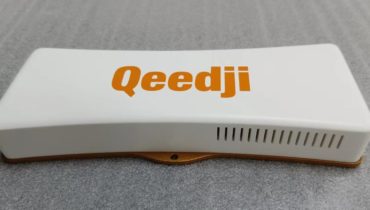
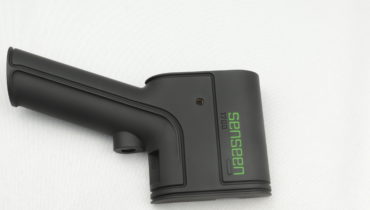
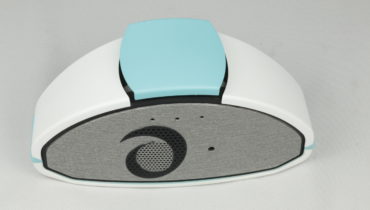
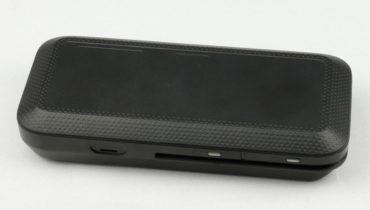
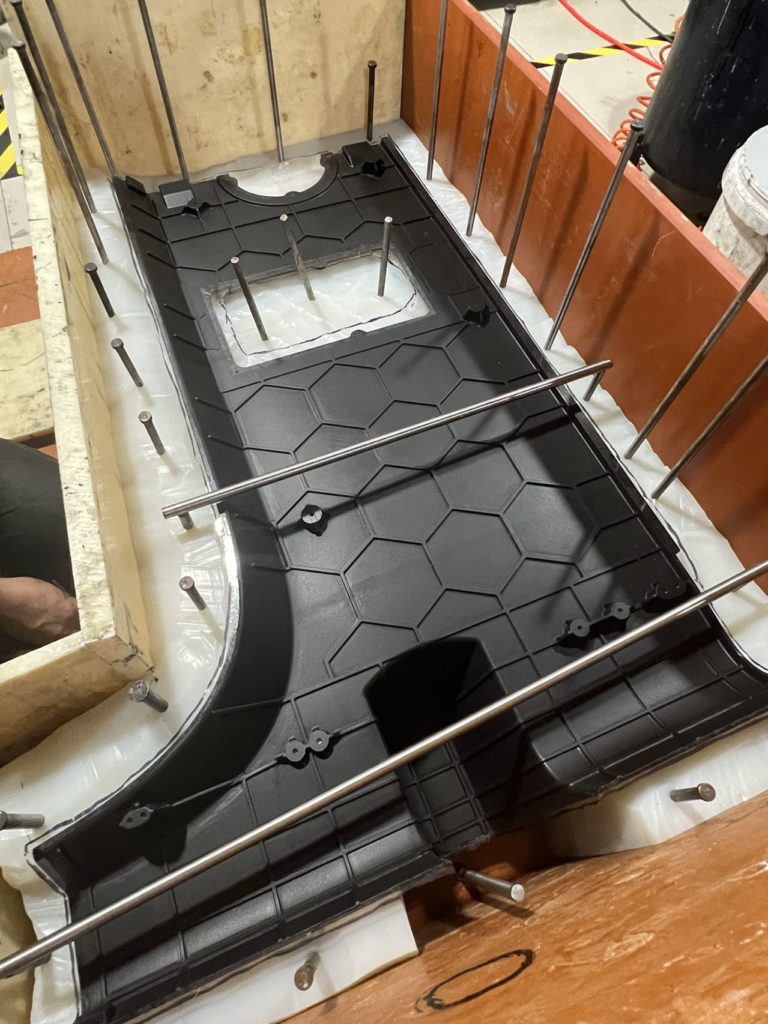
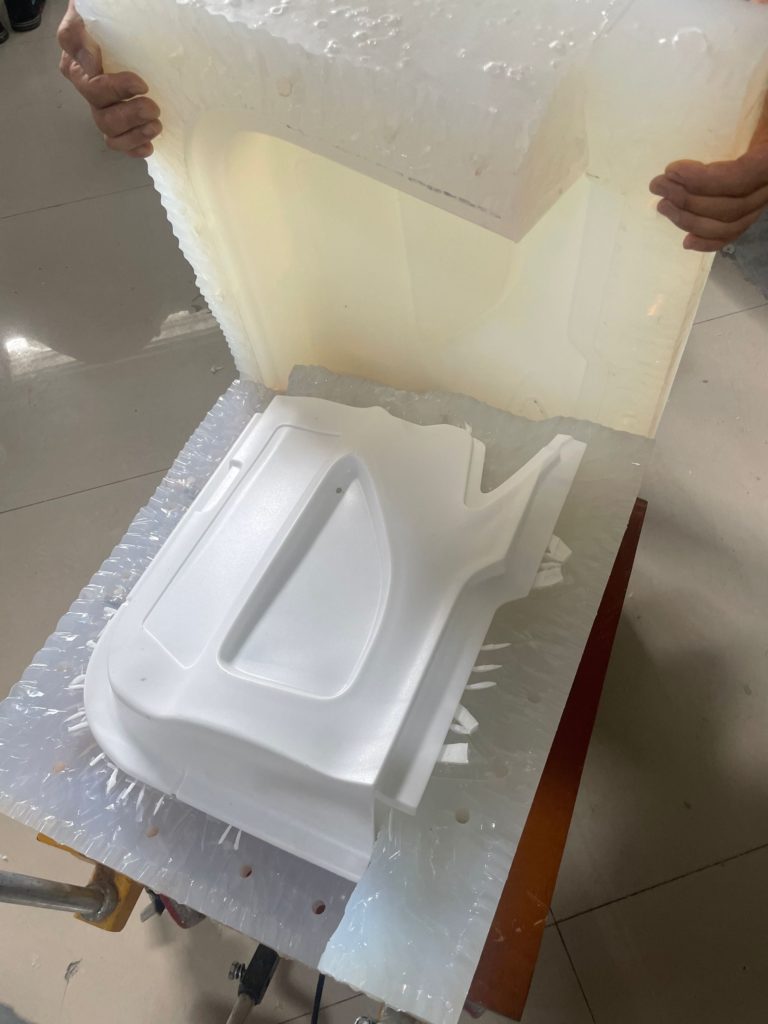
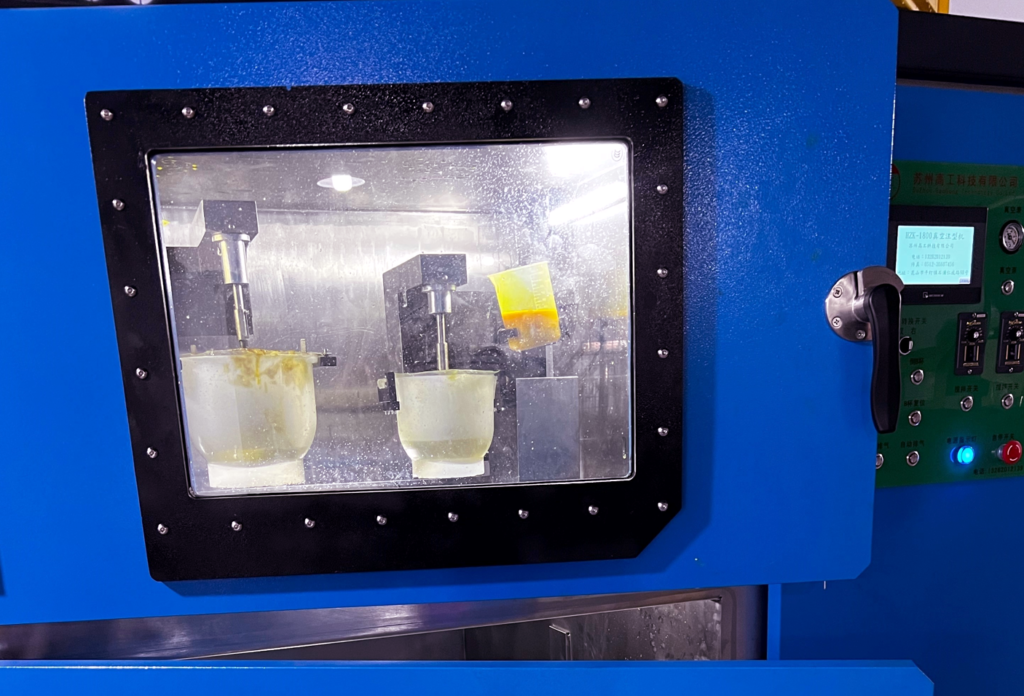
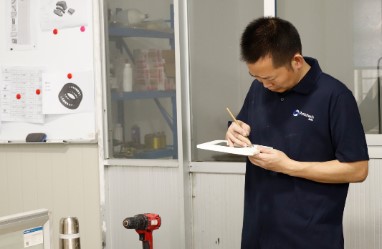

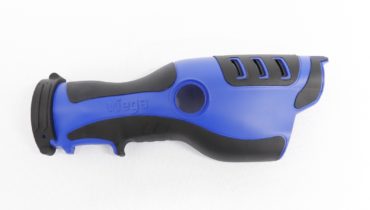
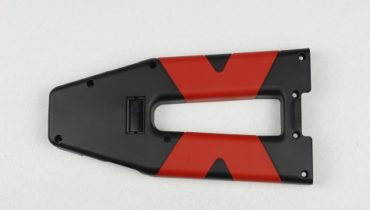
Comments (14)
are you ISO9001 certified?
To whom it may concern
I am interested in producing a line of original highly detailed three dimensional figures between 5 an 15cm in height. These will likely need to be produced in sub-assembly.
1. Do you have experience in the duplication of figures of this kind?
2. Are you able to facilitate post-production packaging and drop-shipment supply?
3. Do you have an option for environmentally friendly (biodegradable) resin alternatives?
Sincerely,
Tiaan
Hello Tiaan,
Thank you for your comment !
We have done before duplication of figures before in vacuum casting.
There are a few kind of resins available but so far no biodegradable option is available.
We invite you to send you request via our contact or quotation form.
Thank you,
Prototech Team
most estimated
im looking to produce large chess pieces with materials from recyceling
i would like to create molds between 2 meters hight king,the queen 1.80 m,the knight 1.6 m,horse 1.5, tower 1.50 m and the soldier 1.20m
empty inside so they can be filled with water /or sand ,the diameter depends on the stabilety recommendation
would this vacuum proces be te one to follow ?or xould you recomend anything better
frendly regards
philippe de coensel
molduastraat 5
8820 torhout belgium
032493445980
Hello Philippe,
Thank you for your comment.
Unfortunately these parts would be two big to be produce by urethane casting, and also very expensive.
Wish you success in your project.
Prototech Team
Hello, I will be glad if you can give me quote on 1550 cm cube of urethane casting. Thanks in advance
Shehu
Hello,
We have a large part we wish to quote for urethane casting.
The dimensions are: X = 657mm, Y = 637mm, Z = 20.5mm And, it will be electroless copper and nickel plated.
Can you urethane cast a part this large?
If you would like to quote this part I will ask my manager for permission to send you an Non Disclosure Agreement to sign. And, I will send a link for you to upload the file.
Thank you.
Hello Chuck,
Many thanks for your mail,
I confirm we can produce such a large part by vacuum casting.
Please send to our mails the NDA as well as the 3D files alongside your requirements that we can provide you a quote.
The Prototech team
Hi, I would need about thirty prototypes with M3 insert on it; do you provide this application by silicone molding?
Dear Kevin,
Many thanks for your comment,
We are capable of doing M3 inserts. Depending on the part; we can do this via silicone molding with special post processing or CNC machining.
Looking forward to receive your mail,
The Prototech Team
Could you provide half-transparent/translucent parts by vacuum casting production?
Dear Younes,
Many thanks for your comment,
Yes, we can do translucent parts. Some examples of our past projects can be found here: https://prototechasia.com/en/realisations
Hello, could you confirm which material do you use for vacuum casted pieces? I would require to test the resistance of the material before proceed to order.
Dear Frank,
Many thanks for your comment,
We offer a big selection of materials. For vacuum casted pieces, we offer the following plastics:
PX 100, PX 118, PX 5211 (PX 521HT), PX 5212, PX 5210, PX 527, UPX 8400, PX 212 (UP 5690), PX 223HT, PX 2017, PX 220 (UP 4280), UR 2180, XU50, 8260. Concerning elastomers (EPDM), we can make different shores (hardness) ranging from 50-90. We would be delighted to find the right material for your project. If you send us a 3D file we can do so right away.
Your Prototech Asia Team